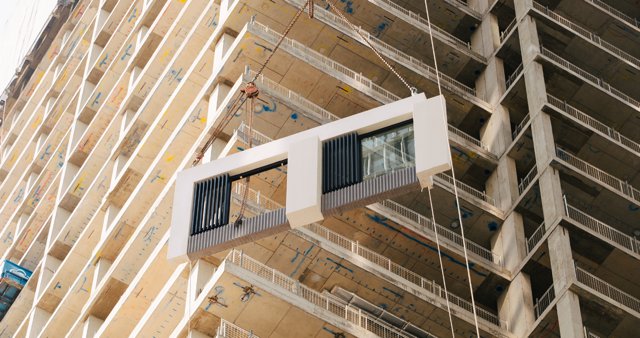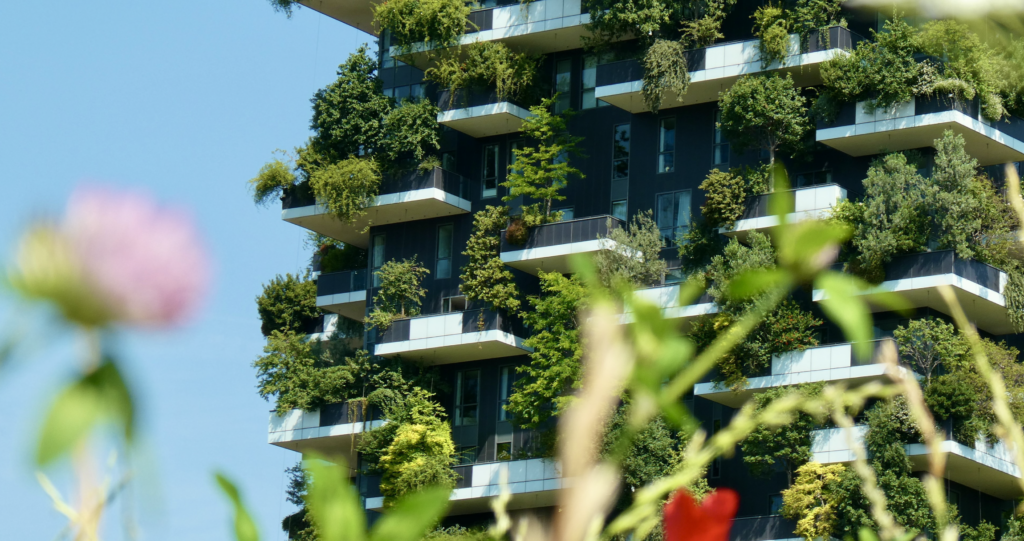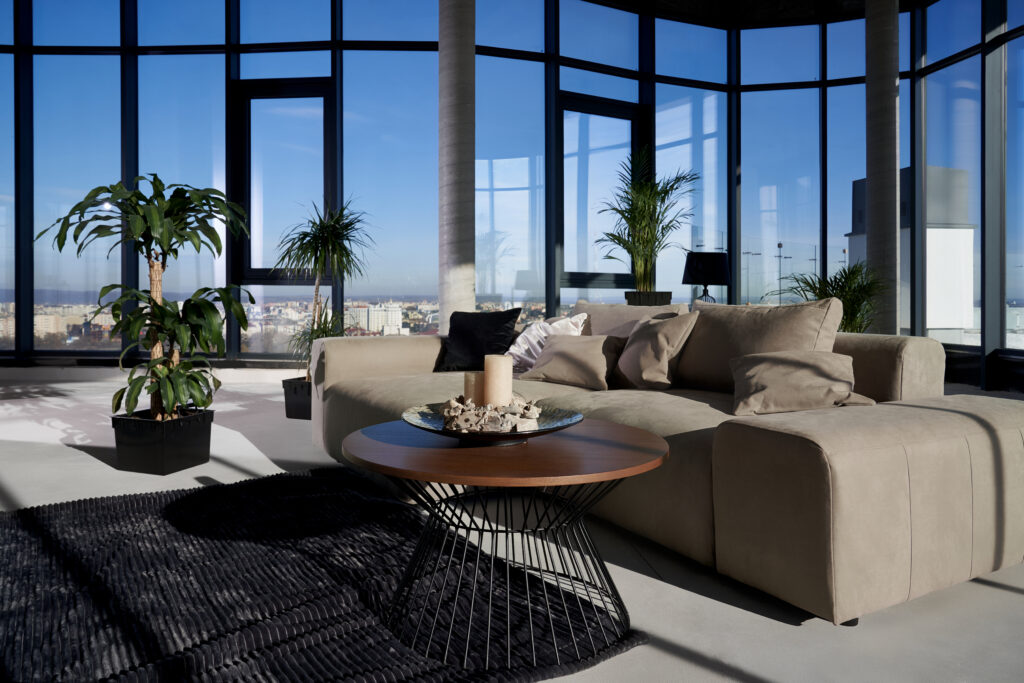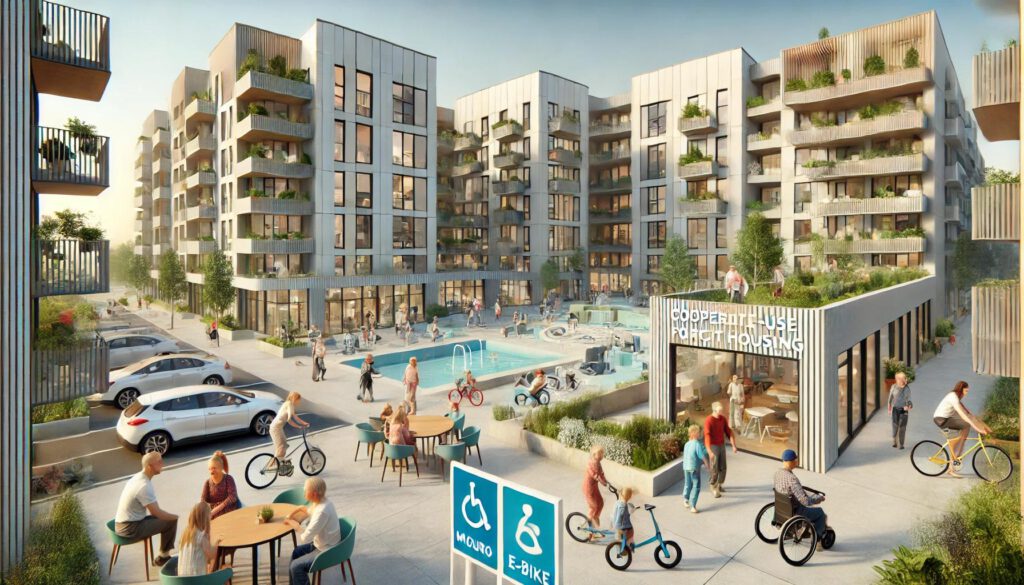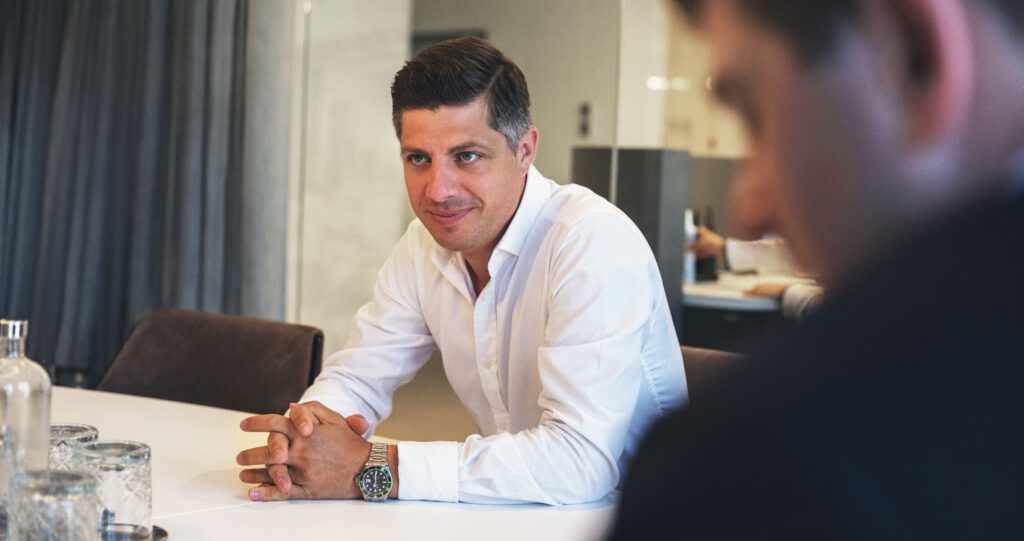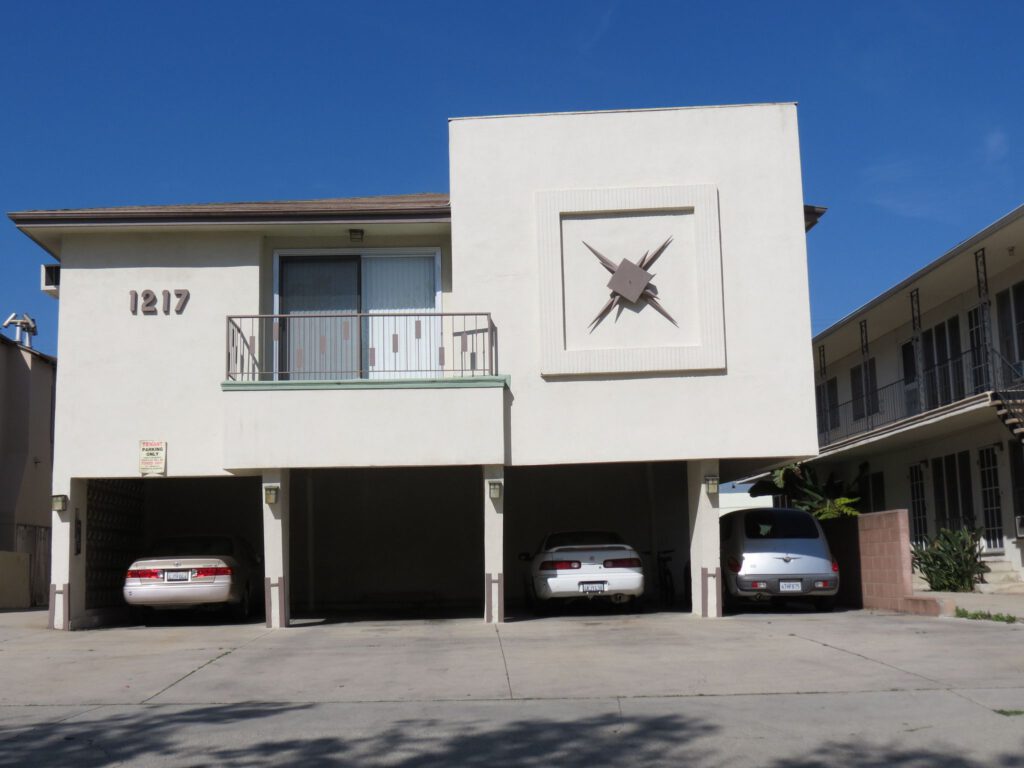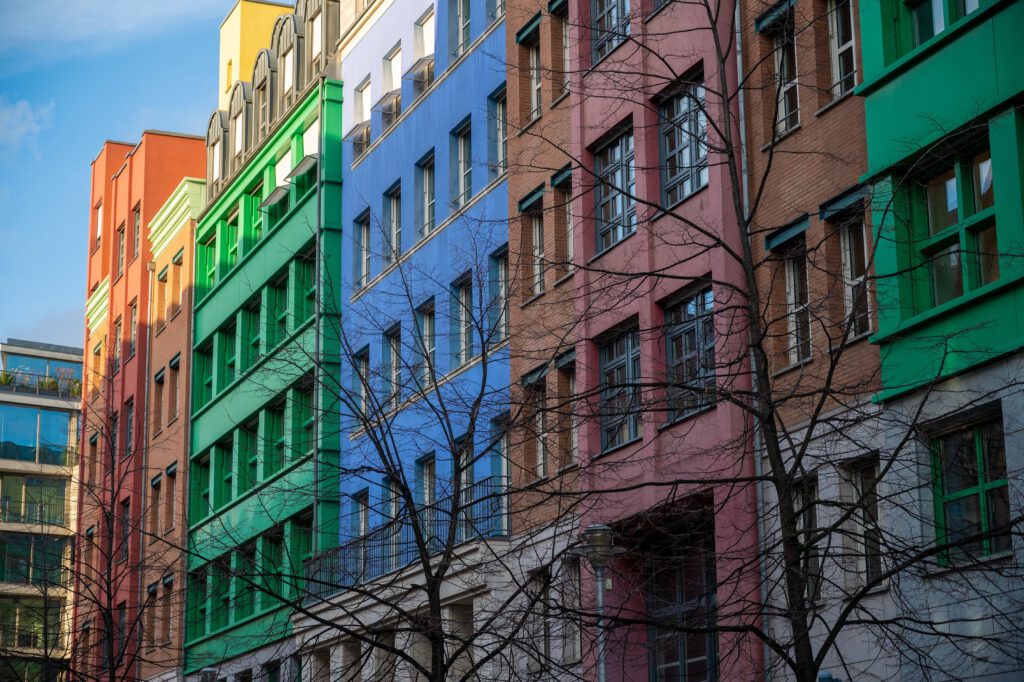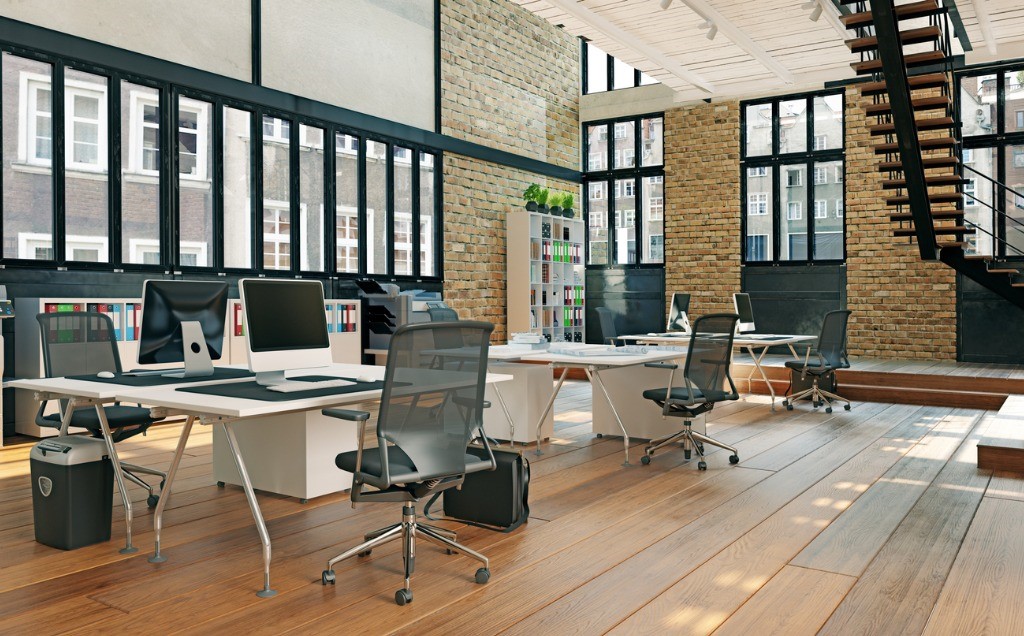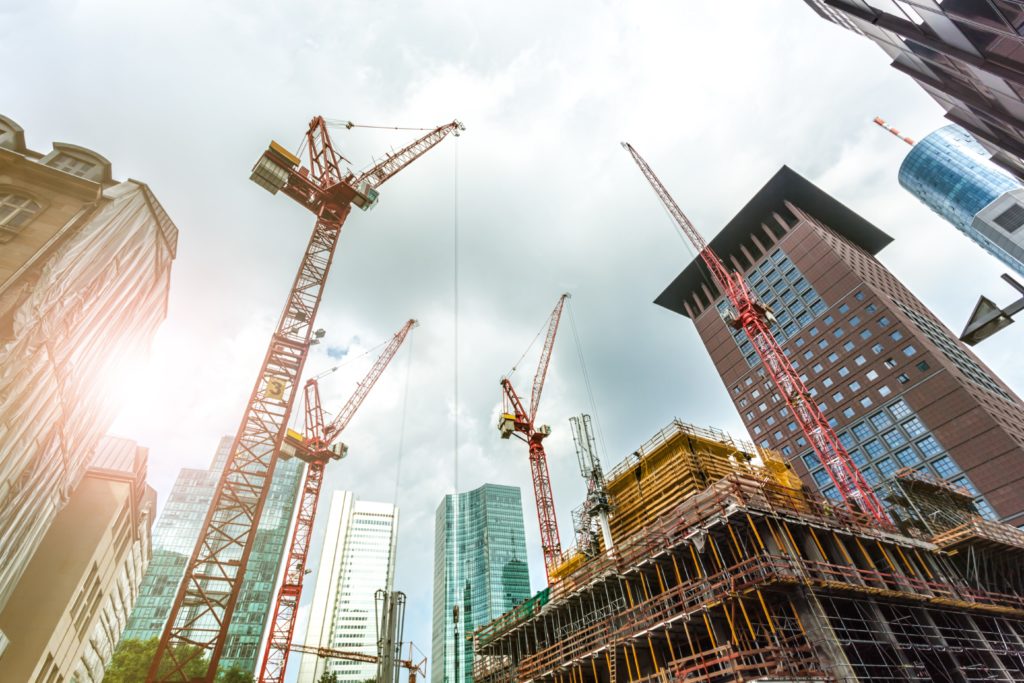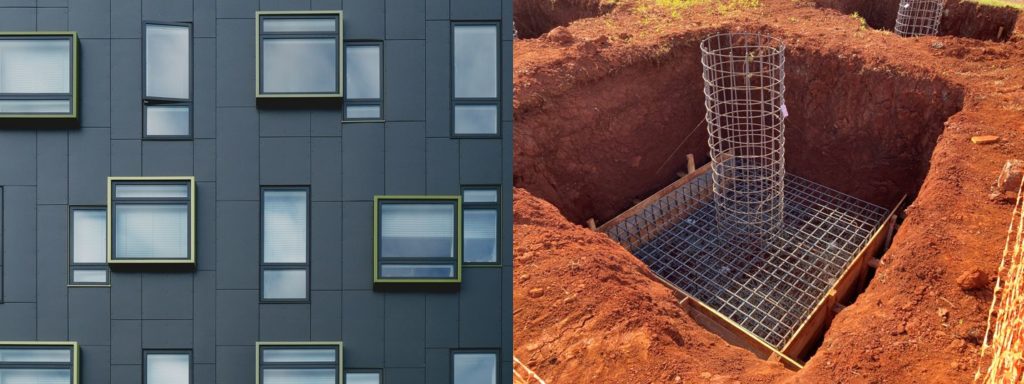How can the construction and real estate industry send positive signals today? Which construction topics have a future, inspire confidence and even trigger buying impulses? We recently reported on a particularly striking method in the Valdivia Newsroom: green facades. In this article, we take a broader look at two current construction methods that are making building development and investment more interesting again – and thus helping to ignite the “turbo” for construction provided by politicians1).
Beacons of hope
Since the beginning of the 2020s, striking “beacons” for sustainable construction have been springing up all over the globe. A prominent example is the Quay Quarter Tower in Sydney, which won the International Highrise Award in 2022/23. The architects from the Danish firm 3XN did not demolish an old high-rise building from the 1970s, but integrated it into the new construction. In addition, the demolition material was reused,saving a total of 12,000 tonnes of CO₂.
Sustainability was also one of the key planning objectives for Vienna’s 35-storey Q Tower . The project, designed by Vienna-based architects Rüdiger Lainer + Partner, boasts flexible floor plans for a variety of living arrangements, optimised space requirements, green open spaces and facades, and easy access to an underground station. Together with the neighbouring high-rise buildings, the Q‑Tower also shares a base zone with commercial and restaurant space, which also gives the building a high social value .
Circular and modular as a double turbo
The two high-rise buildings refer to two processes that make construction faster and more sustainable. The Quay Quarter Tower provides a good example of the first: circular construction uses existing materials as well as construction and demolition waste for new buildings. This reduces the consumption of primary resources and thus also saves time and energy for transport. A good start is the recycling rate of 89% for construction and demolition waste in Germany2) – the highest figure among the main material flows, even if most of it has been used in civil engineering to date.
The second method is modular construction. Modules are prefabricated – often in series – and then simply assembled on site. This shortens construction time, streamlines processes and thus also enhances sustainability. At the same time, it is an attractive way for the companies involved to generate solid revenues:
- Despite the economic downturn, prefabricated construction has remained stable over the past seven years, with revenues of around £2.6 to £2.7 billion annually.
- McKinsey forecasts global growth in modular construction from $180 billion in 2022 to $1.1 trillion by 20404.
- Modular construction not only reduces the error rate, but also improves coordination between trades – with potential productivity gains of up to 75%5.
- An EY Parthenon study shows that industrial prefabrication can reduce construction time by up to 30%6.
Marketing opportunities with future dividends
Whether it’s greater sustainability, lower costs or faster completion – these factors also increase marketing opportunities. Our article on XXGreen concepts already made it clear that sustainable buildings not only sell more easily, but also at better prices.
Solid, well-documented sustainability is appealing even where cost and time savings are not directly realised. This is highlighted, among other things, by the GdW’s “Wohntrends 2040” study7:
- The desire for sustainable living is clearly pronounced today, with an average of 61% across all age groups.
- Affordability is understandably the top priority for 81%, but 56% of respondents also want buildings made from environmentally friendly construction materials and products.
At the same time, people seem ready for the future of construction. The Austrian modular construction start-up Kiubo has determined that there is a high level of acceptance for modular apartments in Germany, at 84% 8. What’s more, modular homes can also be expanded more easily and at far lower cost as families grow or incomes increase. Forty-eight per cent of respondents found this aspect interesting to very interesting.
Conclusion
With modular and circular construction, the industry not only has two sustainable and efficient building methods at its disposal. It also has the arguments that can make all the difference in a difficult market despite high demand: securing investments, reducing risks, appealing to buyers and enabling market-driven prices. This can also restore the confidence needed to move towards a better future.
Another approach currently being implemented in Munich also appears to be promising for the future and has just been awarded with the German Design Award 2025. Here, Monaco is creating a model for an “immune building”. The concept of health-oriented architecture arose in part from experiences during the pandemic. Its key elements include intelligent hygiene technologies such as ventilation filtration and touch-free doors and lifts, as well as flexible room layouts. This reduces the risk of illness and enhances well-being in the workplace.
Sources
- “Building in Germany is too bureaucratic, takes far too long and is too expensive. We therefore need speed, technology and tolerance in order to make progress in construction again. That is why we have ignited the construction turbo for fast building.” Federal Minister of Construction Verena Hubertz, immobilienmanager online, 03.07.25
- “Waste balance 2022”, Federal Statistical Office, October 2024
- “Total turnover with prefabricated buildings in Germany from 2012 to 2024”, Federal Statistical Office, March 2025
- “The next big arenas of competition”, McKinsey Global Institute, October 2024
- “Modular construction – the building of tomorrow”, S&B Strategy Munich, July 2023
- “Expandable – How the construction industry can unlock its potential”, EY-Parthenon (Ernst & Young), April 2023
- “Housing trends 2040”, GdW Federal Association of German Housing and Real Estate Companies, February 2023
- “Rethinking housing”, Kiubo/marketagent.com, 2020
(Image source: istockphotos)


